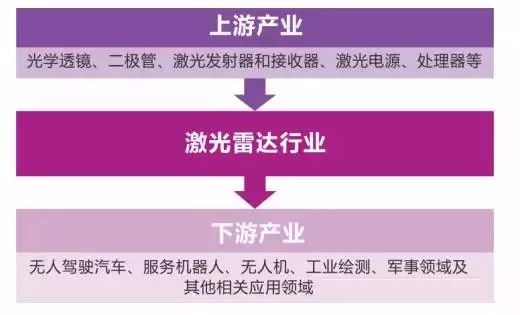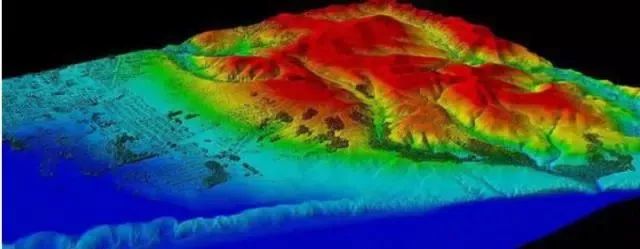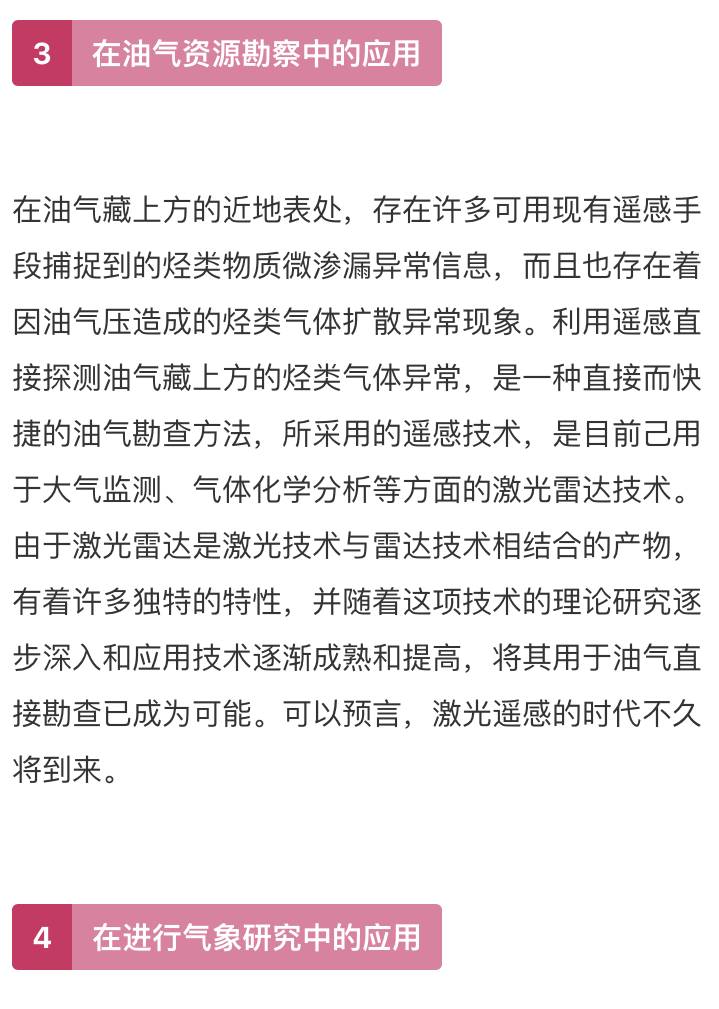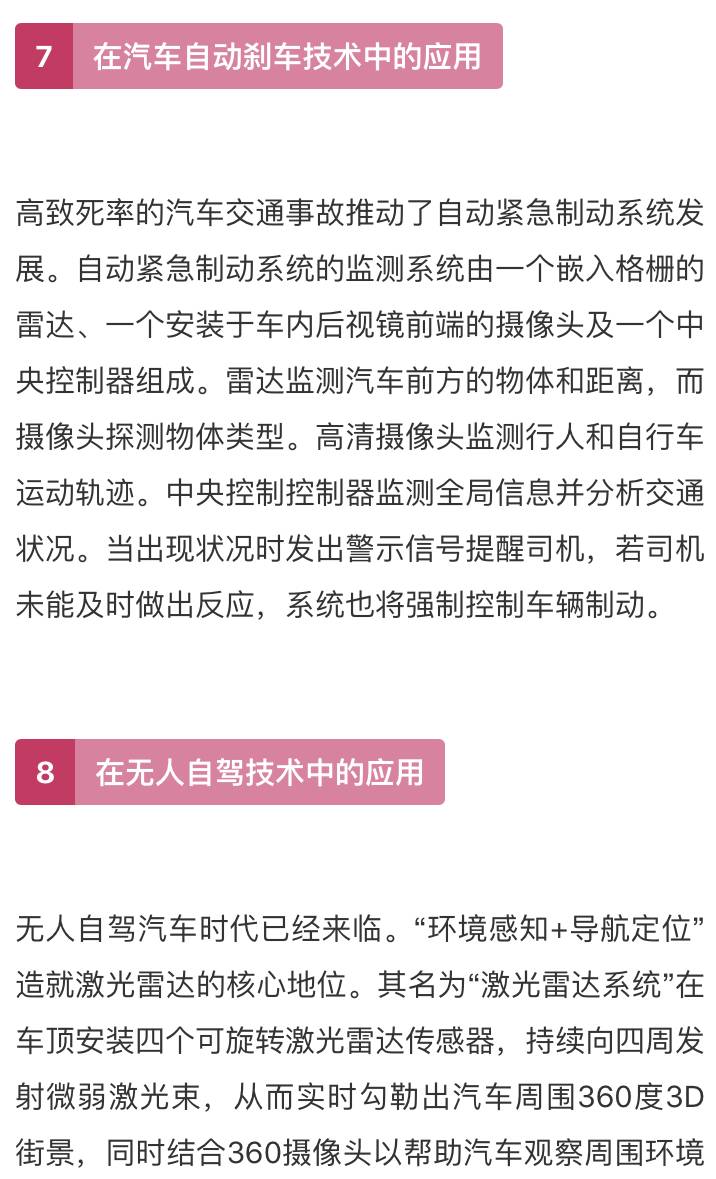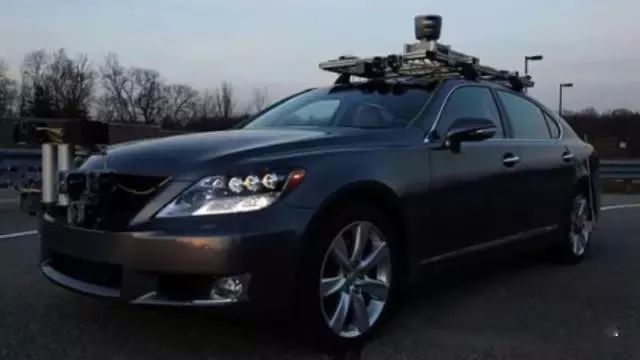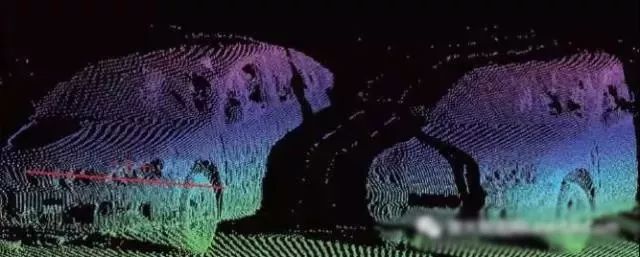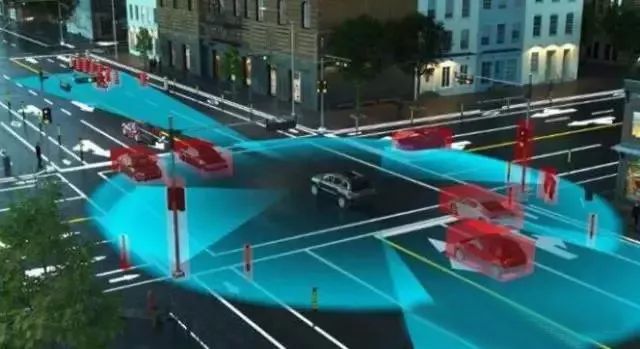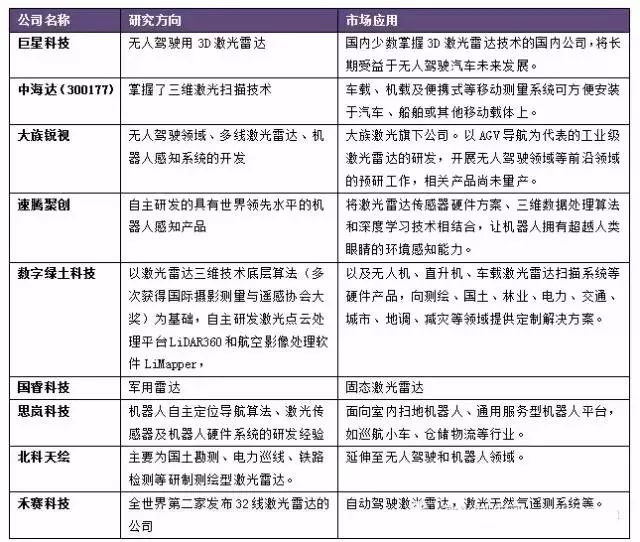The combination of laser technology and radar technology is a laser radar, an absolute "high" technology product. The working principle of the laser radar is very similar to that of the radar. The pulsed laser light emitted by the laser is incident on the ground from the air, hitting the trees, on the road, on the bridge, on the house, causing scattering, and some of the light waves will be reflected back to the laser radar. In the receiver, the receiver converts the optical signal into an electrical signal, records it, and simultaneously records the time when the same pulsed optical signal is transmitted to be received by the timer. Lidar technology products are various in variety and cost-effective, and have been applied in large scale in many industries in China, especially in the fields of environmental monitoring, electric power, automobile, urban planning, railway, forestry, mining, coastline, archaeology and so on. With the development and improvement of computer technology, GPS and its own technology, the application of laser radar technology has received more and more attention in recent years. Lidar industry chain topology Lidar can be used to detect aerosols, cloud particle distribution, atmospheric composition and vertical profiles of wind fields, enabling effective monitoring of major sources of pollution. When the laser emitted by the laser radar interacts with these floating particles, the wavelength of the incident light is of the same order of magnitude as that of the floating particles. The scattering coefficient is inversely proportional to the square of the wavelength. The Mie scattering laser radar is based on this property. Determination of aerosol concentration, spatial distribution and visibility, and observation of the distribution of atmospheric pollutants. Atmospheric detection imaging map Based on the detection principle that electromagnetic energy will be reflected back from the target, laser radar becomes a very important instrument for meteorological research. The first relatively original instrument design developed by the Stanford Institute clearly demonstrates the application of lidar, such as the location of clouds and fog layers through the structure of rain or underlying clouds, and the height of the ascent. The lidar echo clearly reveals a clear continuous aerosol layer from low altitudes, which is invisible to the naked eye. The SRI Mark III's lidar shows a higher level of detection of thin cirrus clouds. It shows that a very high peak power can penetrate the cloud while forming a reflection. Using this phenomenon, it is possible to prove the existence of cirrus clouds of several different layers when observed at different sea wave heights. Urban air pollution monitoring Due to the crowded city and tight parking spaces, the assisted driving system is developing rapidly. The automatic parking system can assist the driver to park, reduce the driver's operation intensity and improve the safety of parking. It has important research significance. Automated parking systems typically have sensors mounted around the front and rear of the car that act as both a transmitter and a receiver. They send a laser signal that is reflected back when the signal hits an obstacle around the body. The onboard computer then uses the time it takes to receive the signal to determine the location of the obstacle. The current parking system mostly uses an ultrasonic range finder as a sensor for parking space detection with limited accuracy and cannot be used for vertical parking. With the smart car as the platform, the automatic parking system based on laser radar is designed and implemented, and the parking method is improved. It can safely and smoothly complete the common roadside parallel parking and vertical parking and storage tasks. During the driving process, the driver can set the expected speed. The system uses the lidar-based vehicle tracking and recognition algorithm to combine the vehicle's rectangular projection and speed characteristics to identify the vehicle, and obtain the exact position of the preceding vehicle. If the vehicle is decelerated or new is detected. The target sends an execution signal to the engine or brake system to reduce the speed of the vehicle and maintain a safe distance between the vehicle and the vehicle in front. When the current road has no car, it will accelerate to the set speed, and the radar system will automatically monitor the next target. The active cruise control system replaces the driver to control the speed of the vehicle, avoiding the frequent cancellation and setting of the cruise control, making the cruise system suitable for more road conditions, providing the driver with a more relaxed driving style. Active cruise system can automatically change lanes and overtake The system analyzes the collected information to distinguish between constant solids (lane dividers, exit ramps, park benches, etc.) and moving objects (frightened deer, pedestrians, oncoming vehicles, etc.) and All the data is put together, and the surrounding environment is judged according to the algorithm developed by the University of Michigan to respond accordingly. Lidar technology applied to driverless cars The rapid prototyping technology of the laser radar scanning system is mainly applied to the production of prototype car models and the development of molds. This technology can greatly shorten the development cycle of new products, reduce the cost of development, and enable the market of new products. Competitiveness has improved. It can also be applied to automotive parts and components, and is used to analyze and inspect the process performance, assembly performance, related tooling molds and test motion characteristics, wind tunnel experiments and entities expressing finite element analysis results. Using laser radar's non-contact measurement, high precision, fast detection speed, etc., laser radar has been widely used in the process of 3D inspection and development of automobile body. The laser beam radar is used to measure the point cloud data of the vehicle body, and the vehicle body is reversely designed. The point cloud data is preprocessed, and then the curve, the surface and the solid model are reconstructed, and finally the vehicle body model is reproduced. Rapid prototyping Integrate a ground 3D laser scanning system into the important traffic intersection signal control system of the city, and continuously scan the road at a certain distance through the laser scanner to obtain real-time and dynamic traffic flow point cloud data on the road, and obtain the vehicle through data processing. Parameters such as flow rate, based on the comparison of east-west and north-south traffic volume and short-term traffic flow prediction, automatically adjust the east-west and north-south direction signal cycle. Intelligent traffic signal control The 3D laser scanner is used to perform 3D scanning on the scene of the accident, and the data of the scanner can generate high-quality images and detailed diagrams of the scene of the accident, which is convenient for later investigation and court trial. The survey showed that the 3D laser scanner was used to collect the accident scene data and the average road closure time was reduced by 90 minutes each time. Lidar technology has such a broad application market, which has led many domestic enterprises to get involved. Major domestic laser radar manufacturers (see table below). (Source: Laser Manufacture News) Laser-mounted car According to the latest report from Laser Manufacture News, thanks to the outbreak of the market for driverless cars, the global laser radar market is expected to “go†to a market size of 10 billion in 2020. We have reason to believe that the laser radar will play an important role in China's "digital city", atmospheric environmental monitoring and detection, oilfield exploration, urban intelligent transportation, unmanned driving, etc., especially in the future. People drive the car field. In the "Long-term Development Plan for the Automotive Industry", it is proposed to break through the short-term industrial chain of advanced automotive electronics such as automotive sensors, and cultivate internationally competitive parts suppliers to promote the development of key components of intelligent networked vehicles. Research and development and industrialization of core technologies such as sensors. The "spring" of laser + radar is coming. LCD Tonch Screen For Iphone 12 Lcd Tonch Screen For Iphone 12,Lcd Touch Screen For Iphone X12Pro,Lcd Display For Iphone X12Pro,Mobile Lcd For Iphone X12Pro Shenzhen Xiangying touch photoelectric co., ltd. , https://www.starstp.com